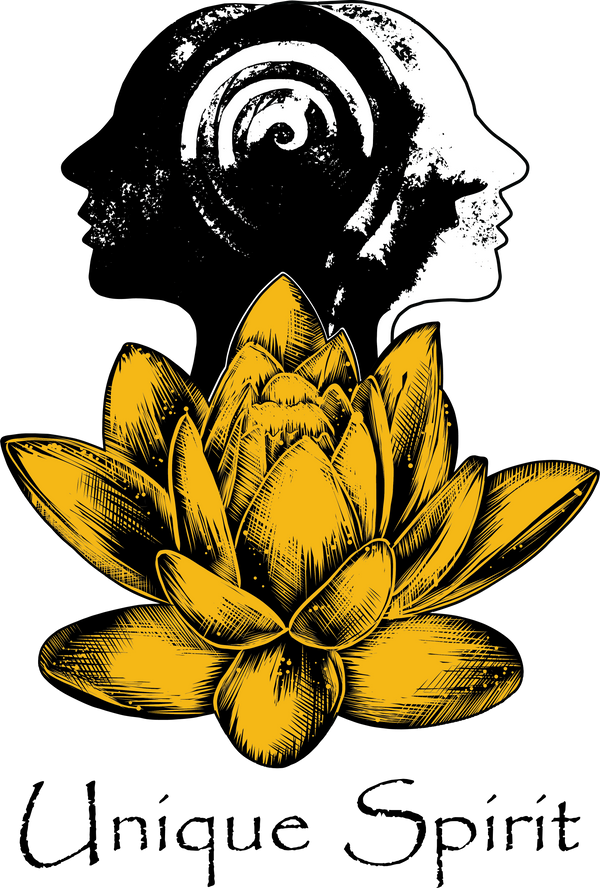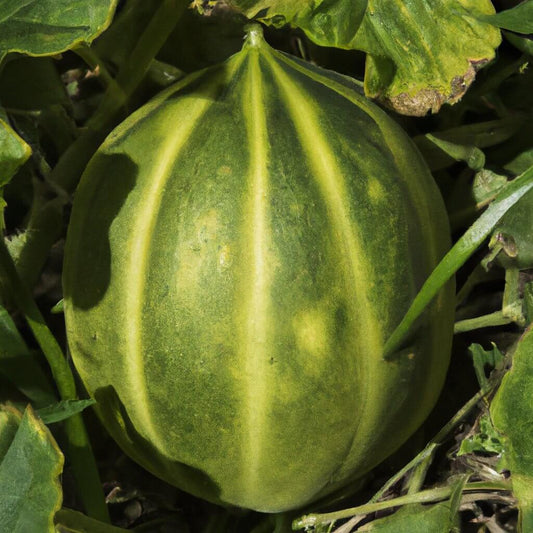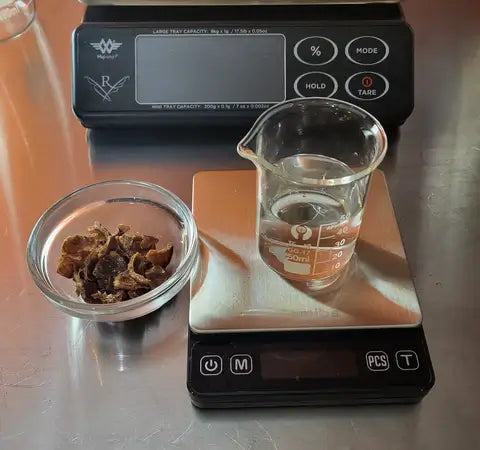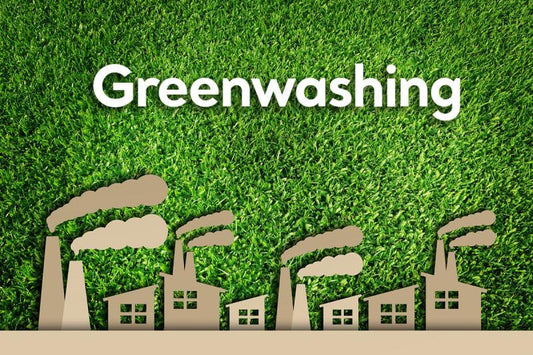I kept one for myself and gave one to my daughter as a gift. We both absolutely love them!!!
Thank you for joining the MyUniqueSpirt family.
I’m loving the soap, muscle salve and also the hand salve . I have been using it every since I got it love it.
Audrey
I am so glad you are enjoying your purchase. Hope you check out some of our other wellness products.
Love the feel of it! Not greasy and absorbs well



